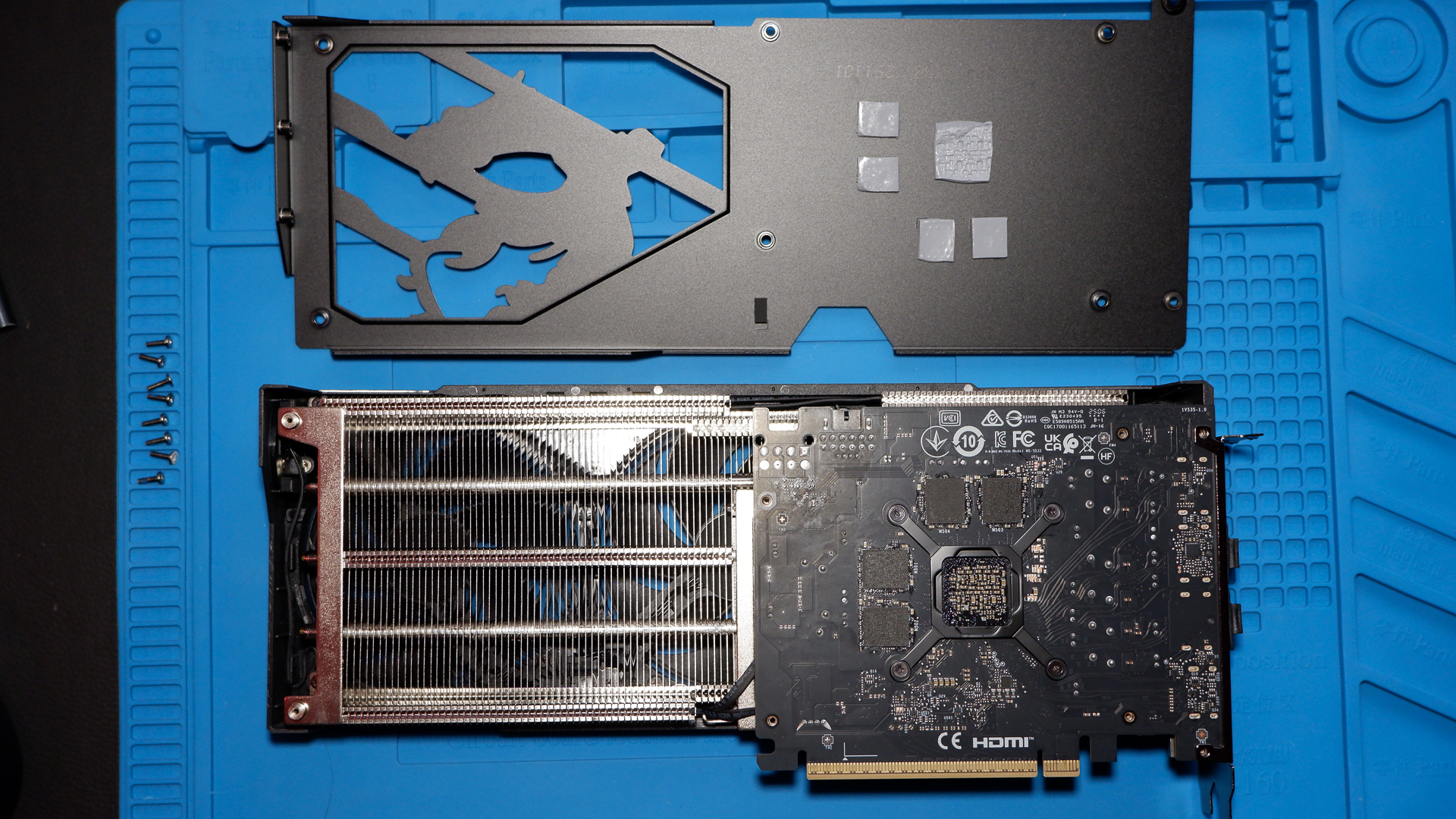
Recent investigations into the RTX 50-series graphics cards by renowned analyst Igor Wallossek have unearthed troubling thermal hotspots.
Key Findings
- Wallossek’s tests point to overheating issues stemming from inadequate spacing between power delivery components.
- The hotspots appear notably in high-powered models, highlighting concerns about their long-term stability.
Technical Insights
According to Wallossek, the PCB designs in several RTX 50-series cards concentrate heat due to densely packed components. These hotspots were detected during stress tests where temperatures exceeded safe thresholds.
Igor Wallossek stated:
“Current-carrying paths are routed right to the load limit of thermal and electrical specifications, lacking adequate allowances for aging and conditions in real-world scenarios.”
Translation: The paths for current are designed to be optimal under perfect conditions, but they falter under normal use scenarios, leading to overheating.
Wallossek suggests that creating a thermal pad might help in dissipating heat in hotspot areas, a simple yet effective solution that manufacturers could implement to mitigate these risks.
Conclusion
While the immediate concern for gamers using these graphics cards remains low, these findings suggest a potential longevity issue. Enthusiasts are advised to monitor their hardware under high loads and consider cooling upgrades where necessary.
